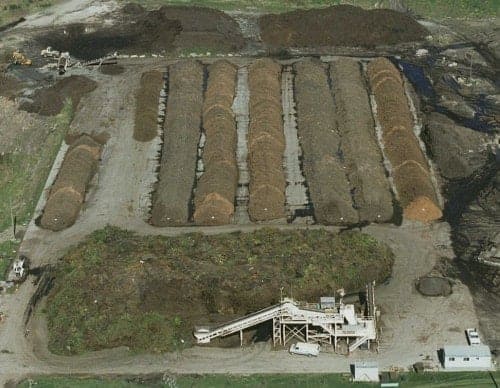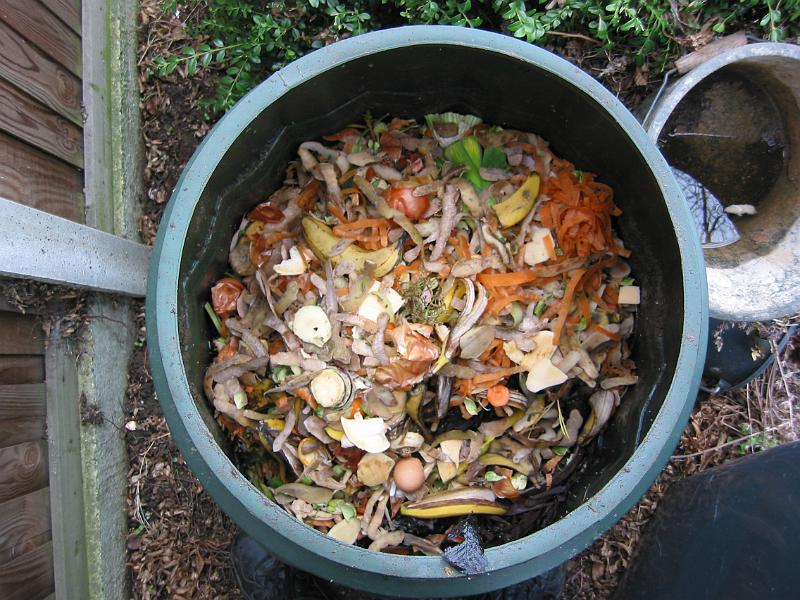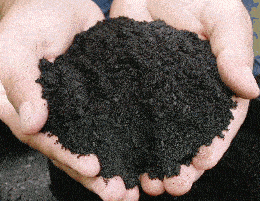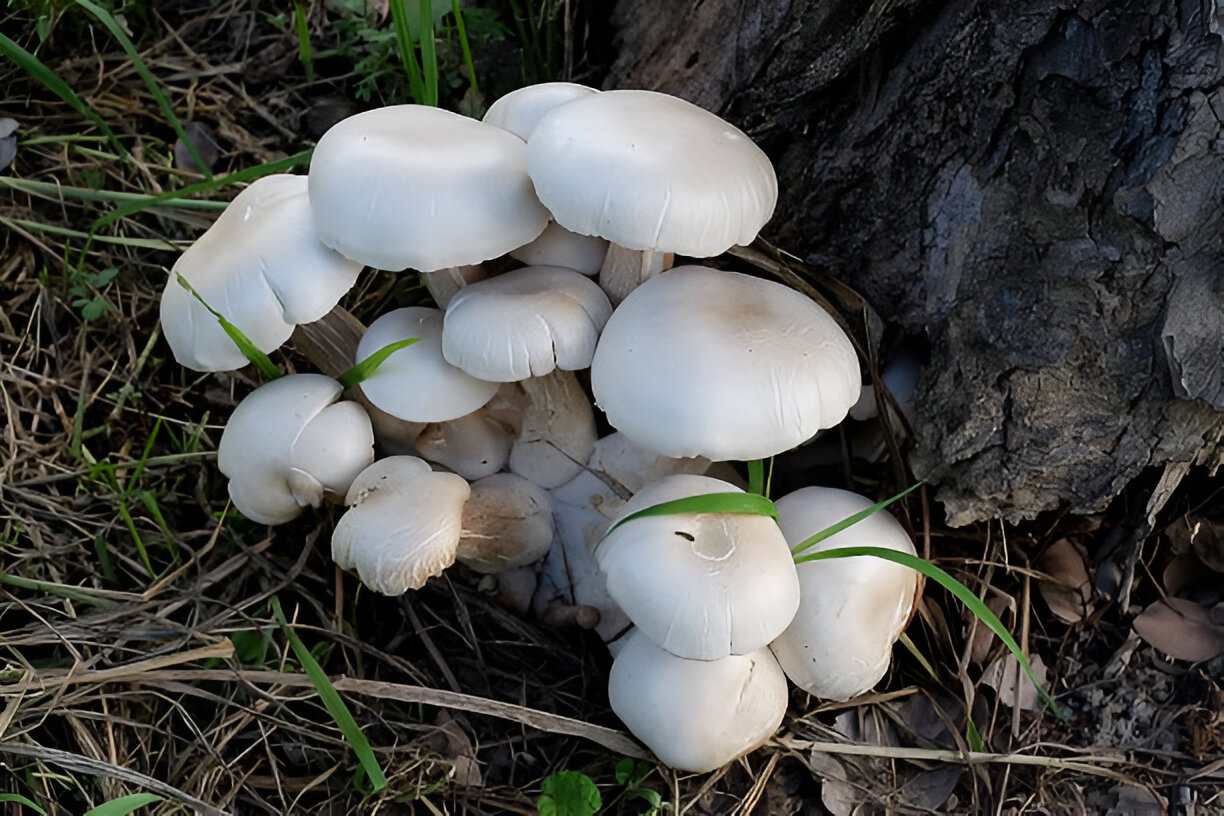What is Composting?
Composting is a process whereby organic matter, like leaves, food waste and newspapers are gathered into a wetted pile and allowed to break down, or decompose, into humus. It can be done on a large scale in industries, or on a household level.


Why Compost?
Composting has many benefits, both for plants and for the environment. It produces a soil-like substance which is rich in nutrients and helps in plant growth. Compost contains many microorganisms that help to enhance soil conditions, directly contributing to the health of plants grown in it. Compost also retains moisture in soil by improving the structure and texture of soil, further helping it retain nutrients and air. Industrial composting is able to take these benefits onto a larger scale, producing more compost for use in agriculture, thereby creating a green cycle that encourages the recycling of waste into useful compost.
It can also be done in the household. Despite its much smaller scale, it is also able to greatly benefit the environment. When done in the home, it can help reduce the amount of garbage thrown out by 30%, lightening the load on the country’s landfills.
What Happens During Composting?
Composting is a biological process that uses microorganisms like bacteria and fungi to break down organic matter into much simpler substances. It occurs naturally and continuously in nature – organic matter like dead leaves is decomposed by bacteria and fungi, returning nutrients back into the soil. The household type we practice is an enhanced version of this natural process, but instead of using organic matter laying around, we contribute our own waste to be decomposed into compost
During the process, the microorganisms slowly break down organic matter into its simplest constituents. They are able to do so because organic matter contains an abundance of carbon – this is why inorganic matter like aluminium foil, glass and plastics cannot be broken down. Recommended organic matter are ‘browns’ and ‘greens’ – ‘browns’ contain high amounts of carbon while ‘greens’ contain high amounts of nitrogen.
The microorganisms break down the organic matter through aerobic respiration, meaning they require oxygen to produce energy. Water is also needed, which explains the need for the pile to be wetted prior to composting. The aerobic respiration in turn produces heat and carbon dioxide, which raises the temperatures in the compost pile. These high temperatures ensure that no pathogens or diseases survive. The final product is humus. Humus is a dark brown, soil-like substance full of nutrients like nitrogen, potassium, and phosphorus. These substances can then be used as a natural fertilizer for gardening and farming.

There are many different ways of composting. At the household level, there is the composting toilet, compost bins, and vermicomposting. All these use worms to aid in the breaking down of organic matter. Industrial level composting also uses vermicomposting, along with in-vessel composting. We will be going into detail on the different types of composting in our next post, so make sure to catch our update next week!



